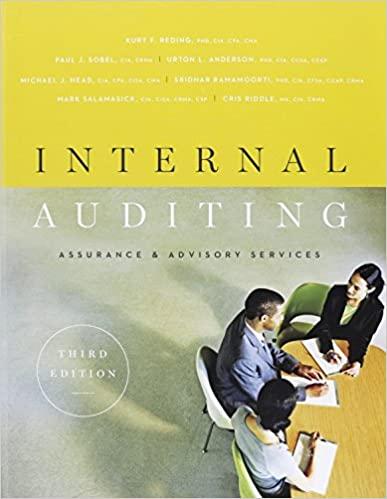Answered step by step
Verified Expert Solution
Question
1 Approved Answer
Trying to understand why my code isn't working. It would be helpful to see the strategy w/ explanations for setting everything up as well since

Trying to understand why my code isn't working. It would be helpful to see the strategy w/ explanations for setting everything up as well since the foundations usually give me the most trouble.
Mapping from commitments to cash flow. An investor makes commitments to deals in each year t=1,,T, in the amounts u1,,uT, in USD (or more realistically, millions of USD). (These are nonnegative, but that won't matter to us.) Commiting an amount ut in year t entitles the investor to a cash flow of the form (0t1,utd,0Tt) where the n-vector d gives the deal cash flow shape. (This cash flow is a (T+n1)-vector.) Thus committing an amount ut in period t corresponds to a cash flow that starts in period t with amount utd1, then in the next period t+1, the amount utd2, with the last nonzero cash flow amount utdn in period t+n1. The investor's total cash flow is the sum of the cash flows from commitments made in t=1,,T. We denote this total cash flow as the (T+n1)-vector c. The deal cash flow shape d typically is negative for the first few entries, which corresponds to the investor putting money into the deal. The remaining entries of d are typically positive, corresponding to the investor receiving income from their earlier investment. The number 1Td is the undiscounted profit per USD of commitment. This number is typically positive, meaning that the investor will get more cash back than they put in. (Otherwise the investor would not invest.) As an example, consider the deal cash flow shape d=(0.1,0.3,0.2,+0.3,+0.5,+0.2) with n=6. This means that for each USD committed, the investor immediately pays 0.1 USD, then next year 0.3 , and in the third year 0.2 . These are investments in the deal. In the fourth, fifth, and sixth years the investor receives 0.3,0.5, and 0.2 USD per USD committed. These are the payoff for the investment. The (undiscounted) profit on this deal is 1Td=0.4 USD per USD committed. (a) Explain why the cash flow c and commitments u are related as c=ud. In words: the cash flow is the convolution of the commitments with the cash flow deal shape. You can explain this using the specific case n=2,T=3. (b) Find the cash flow associated with the commitments u=(1,2,3,3,3) and the specific deal cash flow shape d given above. (Use conv() in Julia, which requires that you have the DSP package installed.) Find the net present value (NPV) of the cash flow at interest rate 8%. (You can read more about NPV on page 22 of the book.) Remarks. Deals are also called alternative or illiquid investments (since they are not the more usual stocks and bonds, which are easily traded). Examples include venture funds, direct lending, infrastructure investing, private equity, and so on. One very important aspect that we ignore in this problem is that for each deal, the cash flow shape is not known ahead of time, i.e., there is risk when you commit to a deal. Alternative investments (along with the more usual stocks and bonds) can be found in the portfolios of pension funds, insurance funds, and unversity endowments, for exampleStep by Step Solution
There are 3 Steps involved in it
Step: 1

Get Instant Access to Expert-Tailored Solutions
See step-by-step solutions with expert insights and AI powered tools for academic success
Step: 2

Step: 3

Ace Your Homework with AI
Get the answers you need in no time with our AI-driven, step-by-step assistance
Get Started


